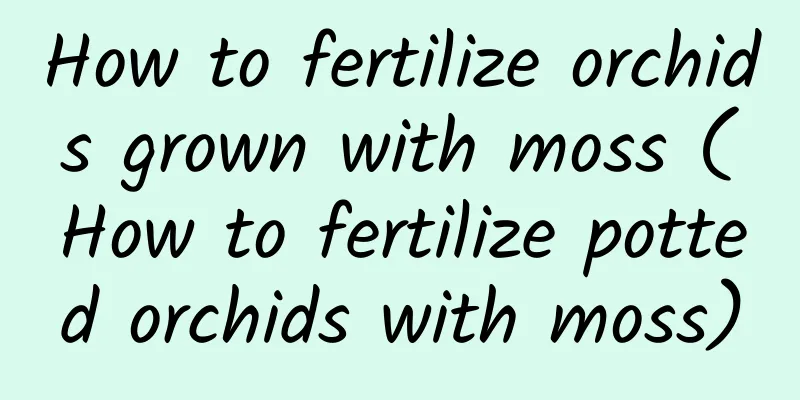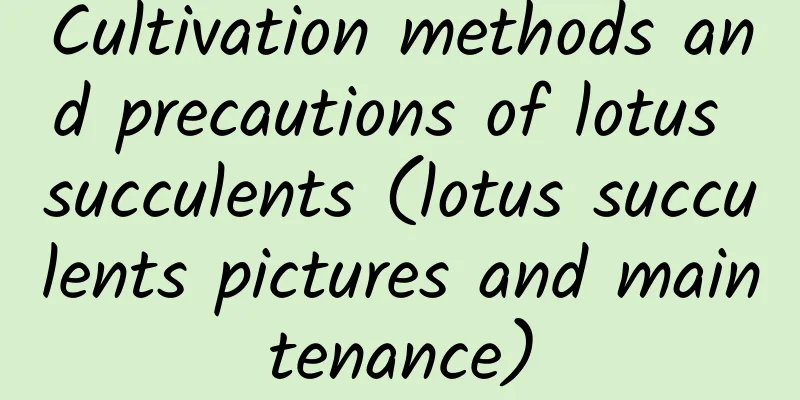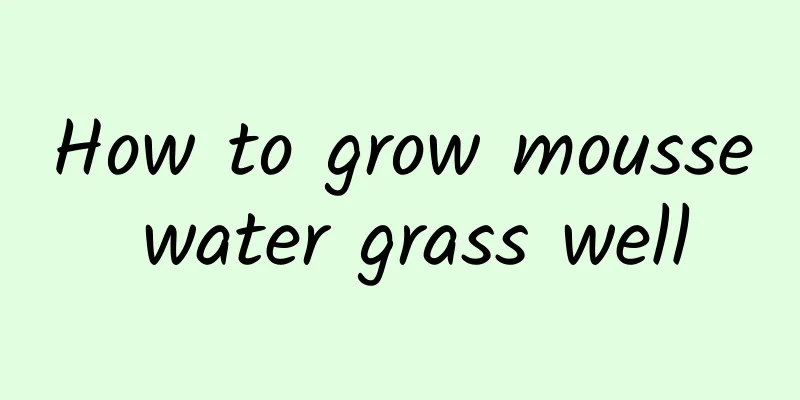How to fertilize orchids grown with moss (How to fertilize potted orchids with moss)

|
An orchid lover asked: How to fertilize orchids grown with moss? In fact, what you call "moss" refers to "sphagnum moss", which is what we often call "moss" plants, which are mainly composed of its leaves and stems . When using moss to grow orchids, due to its insufficient nutrients, timely supplementation of nitrogen, phosphorus and potassium is required to meet the nutrient needs of orchids during their growth and development . Therefore, to answer your question well, we must first understand the horticultural value of using moss to grow orchids and the content of its main ingredients . From the perspective of the horticultural value of using moss to cultivate orchids, it is mainly reflected in: It uses its hollow parenchyma cells to absorb and transmit water . The hollow cells contain water and air, so that the water and oxygen absorbed by the orchid roots can be transported to various parts of the orchid such as the pseudobulb and leaves in time. Because moss, as a plant, has lignified cell walls, the hollow cells are filled with air after drying, and the shape and structure will not collapse, so it can still absorb and transport water even after becoming peat. Orchids grow in moss, and as long as it is kept properly hydrated, it can provide the ideal humidity and air content needed for orchid growth. Despite this, the moss itself has few nutrients and is insufficient in absorbing, storing, and transporting nutrients to various parts of the orchid, so it needs to be supplemented by topdressing fertilizer. If you apply the long-acting granular slow-release fertilizer "Magic Fertilizer", you can scatter 20 to 30 grains on the surface of the pot. Since the granular magic fertilizer is not easily dissolved when watering or raining, it will release phosphorus and magnesium elements only when the orchid needs nutrients, which can maintain a long-term and continuous nutrient supply for the orchid. Inorganic fertilizers such as urea and potassium dihydrogen phosphate should be diluted 1000~2000 times before use. Inorganic fertilizers contain different nutrients and have different effects on orchids. Therefore, the application should be coordinated, and foliar spraying and root irrigation fertilizer should be carried out alternately. During the nutritional growth period of orchids, nitrogen fertilizer should be applied mainly, supplemented by phosphorus and potassium fertilizers; in the early stage of reproductive growth, phosphorus and potassium fertilizers should be applied mainly. In terms of the interval of fertilization, we can generally apply topdressing once every 10 to 15 days, and apply it 2 to 3 times continuously per month . |
>>: How to care for Molan to make it sprout new buds (When does Qihei Molan sprout leaf buds)
Recommend
Is Camellia poisonous?
1. Is the plant poisonous? As we said above, the ...
The difference between Huayueye and Thickleaf Huayueye
The difference between Huayueye and Thickleaf Hua...
What to do if strawberry vines only grow but don't bloom
1. Control nitrogen fertilizer The reason why str...
The difference between Japanese osmanthus and Osmanthus fragrans
1. Basic features: 1. Sun-fragrant osmanthus. Osm...
How to grow water chestnuts
1. Maintenance methods 1. Temperature: Water ches...
The leaves are all green, right?
1. Is this statement correct? Many of the leaves ...
How to grow succulent plants Orange Monroe
Orange Monroe temperature requirements Like most ...
How many years does it take for a longan tree to bear fruit?
Introduction to Planting Longan Trees Longan tree...
Common diseases and pests of Mars flower
Common diseases of Mars flower Spot disease. Dise...
The efficacy and function of white peony root
1. Protect liver The liver is a very important or...
What is the best month to plant perfume orchid bulbs?
When to plant perfume orchid bulbs Perfume orchid...
How often should I water Monstera?
How often should I water Monstera? Monstera has a...
How to trim and shape the Yale Dance
1. How to prune Its pruning should be done in spr...
How to water peach tree potted plants
Key points for watering peach trees in pots Peach...
Cultivation methods and precautions of Huoshan Dendrobium
1. Maintenance methods 1. Potting soil: It has ve...









